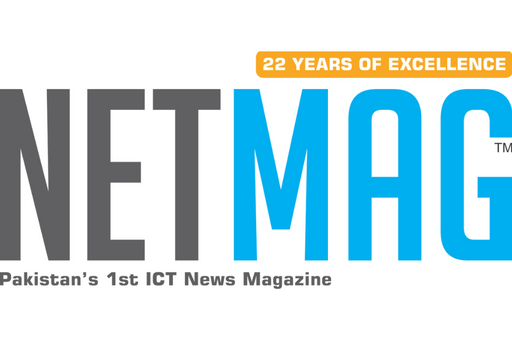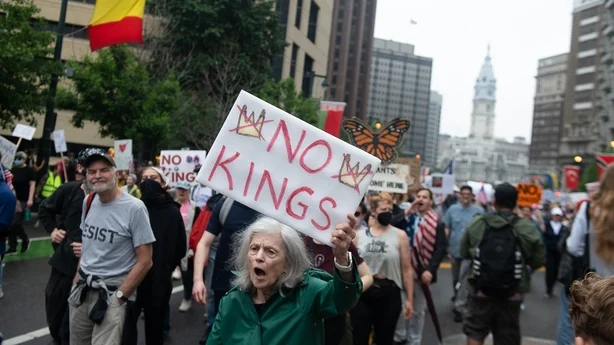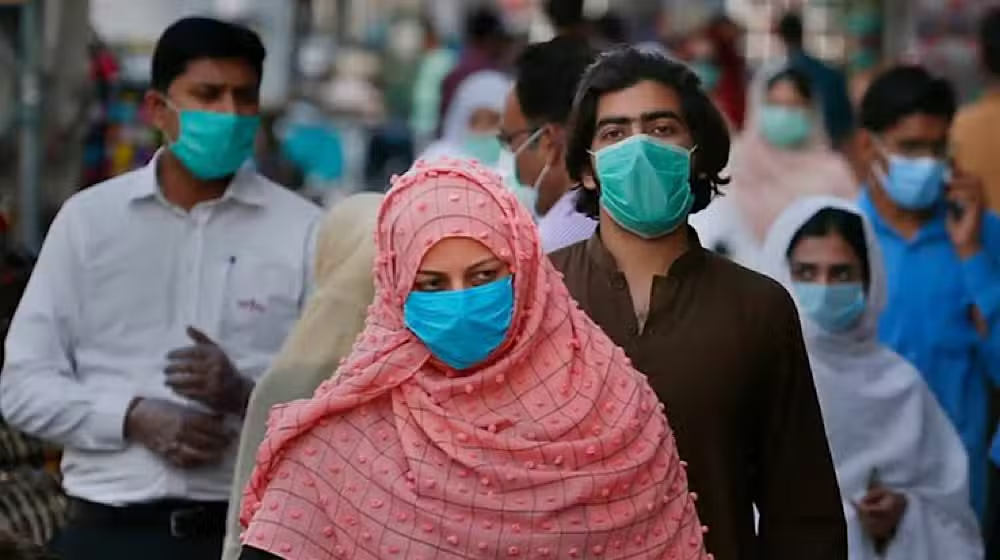Tens of Thousands Rally Across U.S. Against Trump Amid Military Parade and Lawmaker’s Assassination
On Saturday, tens of thousands of Americans gathered in major cities—from New York and Atlanta to Los Angeles—to protest President Donald Trump’s aggressive policies. The demonstrations took place on a day overshadowed by the assassination of a Democratic lawmaker in Minnesota.
These protests represented the largest nationwide opposition to Trump’s presidency since he took office earlier this year. They coincided with a massive military parade in Washington, D.C., celebrating the 250th anniversary of the U.S. Army. The event also marked Trump’s 79th birthday.
President Trump had deployed National Guard troops and U.S. Marines to Los Angeles, a predominantly Democratic city. California Governor Gavin Newsom legally challenged this deployment. Nearly 2,000 anti-Trump protests were planned across the country, many under the banner “No Kings,” emphasizing that no individual should be above the law.
However, all “No Kings” protests in Minnesota were canceled after Governor Tim Walz called the shooting of Democratic lawmakers “a politically motivated assassination.” The attack killed Senator Hoffman and wounded Representative Hortman. Senate Minority Leader Chuck Schumer condemned the violence as a direct attack on democracy, saying it was the result of hateful and violent rhetoric. Trump also denounced the shooting, stating that such violence would not be tolerated in the U.S.
READ MORE:
Canadian Sikhs Outraged Over Modi’s G7 Invitation Amid Alleged Threats
Security was heightened in Washington, D.C., with approximately 18.5 miles of eight-foot-high black fencing, reinforced by concrete barriers, surrounding key landmarks including the Washington Monument. The military parade’s total cost is estimated between $25 million and $45 million, covering the event itself as well as logistics, housing, and feeding troops. Critics have decried the parade as a costly and authoritarian display of power, especially amid Trump’s stated goal to cut federal spending.
A Festive Yet Tense Atmosphere
In Los Angeles, hundreds gathered early in front of City Hall before the main “No Kings” protest began. Native American dancers in a drum circle energized the crowd, which waved American and Mexican flags amid a strong law enforcement presence.
Sergio Lopez, a 44-year-old gay Navy veteran and Mexican immigrant who served in Iraq, expressed feeling under attack by the government. “I didn’t fight for my country to have my rights stripped away or be targeted. How can we claim to be the best country when immigrants who helped build it are under threat?” he said.
Smaller groups protested in affluent neighborhoods around northwest Washington and Maryland, holding signs such as “Honor Troops (not Trump),” “No Kings,” and “No Kings since 1776.” Some urged passing motorists to honk in support.
At least one group, RefuseFascism.org, had a permit for a march in central Washington culminating in a rally opposite the White House. Trump warned protesters they would face “very big force” if they disrupted the parade.
Far-right group Proud Boys appeared at an Atlanta “No Kings” protest, wearing their signature black and yellow.
The protests provided a stark contrast to the military celebrations, which aim to honor various periods in U.S. Army history with corresponding uniforms and weaponry.
Though rain or shine, weather forecasts predicted heavy thunderstorms in Washington during the evening.
Rare Military Parade and Heavy Security
Military parades are unusual in the U.S., typically reserved for major victories or demonstrations of strength. The last notable one was in 1991 to celebrate the Gulf War victory over Saddam Hussein’s forces.
For this event, thousands of law enforcement officers from around the country were deployed, supported by Secret Service-operated drones monitoring from above. Washington’s Reagan National Airport suspended arrivals and departures during the peak of the parade.
The U.S. Army brought nearly 7,000 troops along with 150 vehicles, including over 25 M1 Abrams tanks, 28 Stryker armored vehicles, four Paladin self-propelled artillery units, and artillery like the M777 and M119. Aerial flyovers featured Apache and Black Hawk helicopters, Chinooks, and vintage World War II aircraft like the B-25 bomber and P-51 Mustang.
This display comes shortly after Israel launched a barrage of strikes on Iran, which has threatened retaliation, adding to tensions during the parade.




